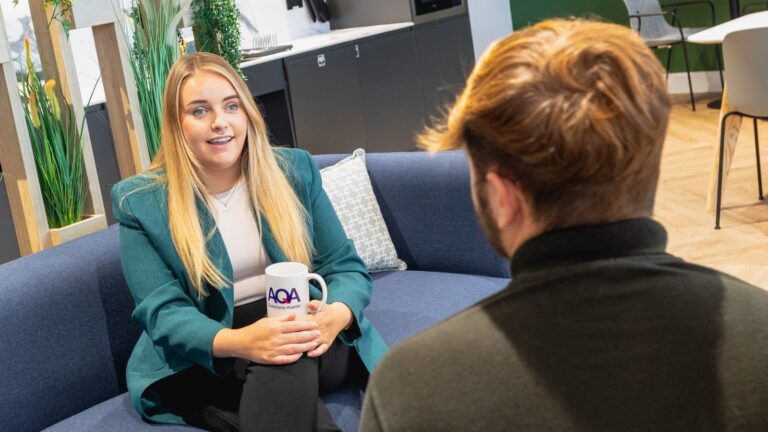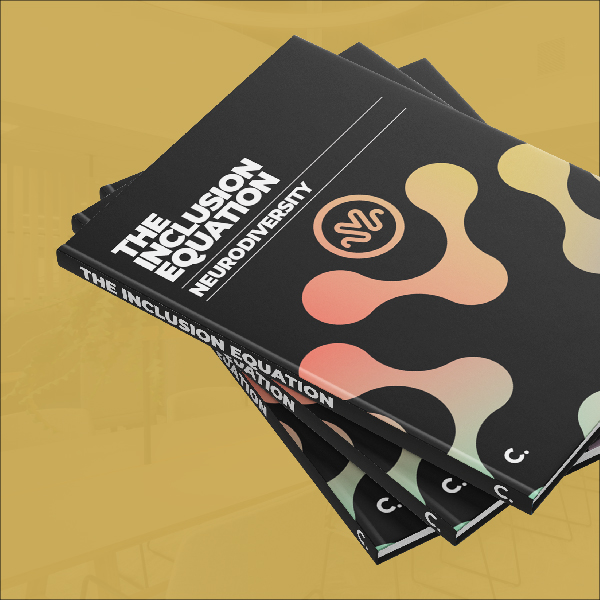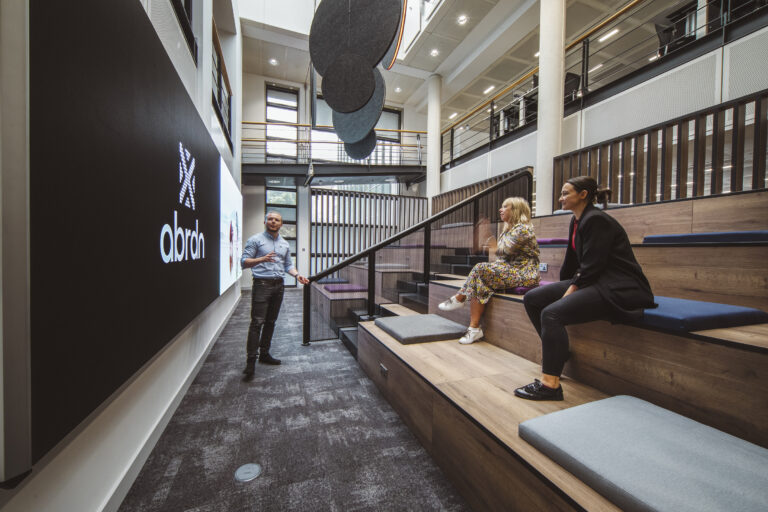
Understanding autism, ADHD and dyslexia in the workplace
Date
30 April 2024
Read length
1 min
The modern workplace is a mosaic of minds, where each individual brings a unique pattern of thought and ability. Neurodiversity, encompassing conditions such as autism, ADHD, and dyslexia, is a crucial aspect of this tapestry. It’s not just about ticking boxes for inclusion; it’s about genuinely understanding and valuing the varied ways in which people think and process information. In embracing these differences, businesses can unlock potential, fostering environments ripe for innovation and rich with perspective.
The impact of autism, ADHD, and dyslexia in professional environments
When we consider autism, ADHD, and dyslexia in work settings , we’re looking at a spectrum of experiences that can range from the need for quiet and structure to a flourish in dynamic, fast-paced roles. Each condition presents its own set of strengths and challenges. For instance, an individual with autism might excel in roles that require attention to detail and deep focus, whereas someone with ADHD might shine in a creative, problem-solving capacity. Understanding these nuances is essential for creating supportive structures that allow every employee to excel . By fostering a deeper comprehension of these conditions, employers and colleagues can create workplaces where support is the norm, adjustments are made without stigma, and the value of neurodiverse contributions is celebrated.
Navigating autism’s unique workplace dynamics
In the workplace, individuals with autism can face unique challenges but also offer remarkable advantages. They might find social nuances and varying sensory environments challenging. However, they often excel in roles that demand precision, logic, and a methodical approach. Workplaces that acknowledge the strengths of employees with autism can see improved attention to detail, thoroughness, and innovative problem-solving within their teams. To foster this, adjustments like structured tasks, quiet work areas, and clear, direct communication can help in creating a supportive environment. It’s crucial for managers to understand that supportive adjustments not only benefit employees with autism but can enhance the overall workflow and culture of the organisation.
Understanding ADHD’s workplace impact
ADHD can significantly impact workplace experiences, presenting challenges like staying organised, meeting deadlines, and maintaining focus through distractions. Yet, individuals with ADHD often bring a dynamism to their roles—creative thinking, quick problem-solving, and the ability to think outside conventional frameworks. Strategies that cater to these strengths can include structured work plans, regular breaks to manage focus, and environments that minimise distractions. The right support and adjustments, such as detailed checklists and the flexibility to pursue dynamic working patterns, can allow those with ADHD to showcase their best work and contribute positively to their teams.
Fostering dyslexia-friendly workplaces
Dyslexia can manifest in the workplace as challenges with written communication and organising tasks, yet individuals with dyslexia often possess strengths in innovative thinking, problem-solving, and big-picture analysis. Creating dyslexia-friendly workplaces involves offering access to technology aids, providing verbal instructions alongside written ones, and allowing extra time for tasks that involve reading and writing. Additionally, promoting a work culture that values verbal contributions and diverse problem-solving approaches can help in harnessing the unique talents of dyslexic employees. Implementing these inclusive practices ensures that all employees have the opportunity to contribute fully and feel valued for their distinct skills.
Office design that supports neurodiversity
Creating a work environment that supports neurodiversity requires thoughtful design and adaptation. Office spaces can be tailored to meet the needs of individuals with autism, ADHD, and dyslexia, making them feel supported and valued. Claremont’s expertise in inclusive design suggests incorporating quiet zones for those who may be overstimulated by noise, creating areas for focused work that can benefit those with ADHD who need to manage distractions, and providing technology that aids reading and writing for dyslexic employees. The physical layout, colour schemes, lighting, and acoustics should all be considered with neurodiversity in mind, ensuring that every employee can find a space where they can work comfortably and efficiently.
Final reflections on autism, ADHD, and dyslexia in the workplace
Reflecting on the insights shared about autism, ADHD, and dyslexia, it’s clear that understanding and supporting neurodiversity is not just a matter of compliance but a pathway to creating richer, more diverse workplaces. These conditions present both unique challenges and strengths that, when acknowledged and supported, can lead to more innovative and productive teams. The strategies and adjustments we’ve discussed are just the starting point for fostering an environment where all employees can thrive.
For a more in-depth exploration of neurodiversity and practical guidance on creating inclusive workspaces, Claremont invites you to read “The Inclusion Equation” whitepaper. This resource is designed to help employers and colleagues alike take meaningful steps towards integrating neurodiverse talent into their workforce.Discover Claremont’s “The Inclusion Equation whitepaper and join us in shaping a workplace that celebrates and utilises the full spectrum of human abilities.
See how we could help with your new office interior design or office design and build project here
Get in touch
We love nothing better than talking all things workplace and design – got a question, potential project or just need some guidance?
Drop us a note…





